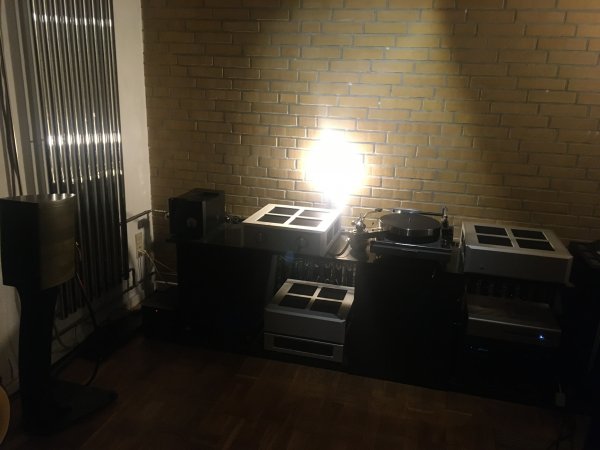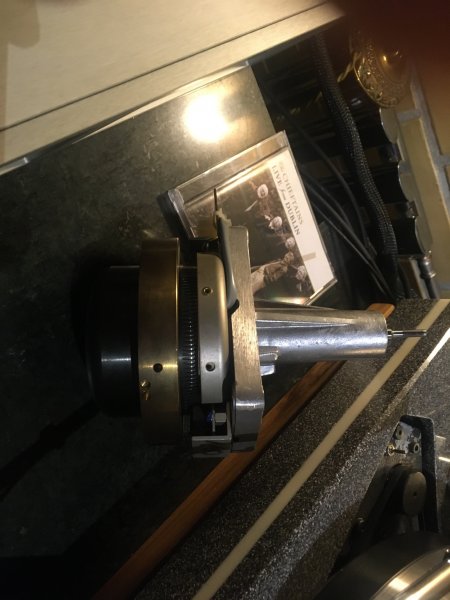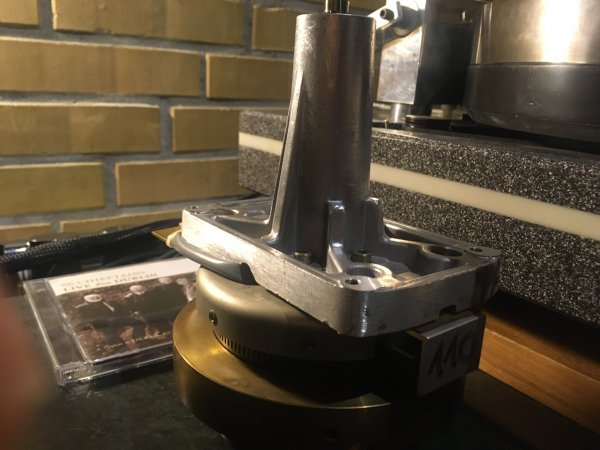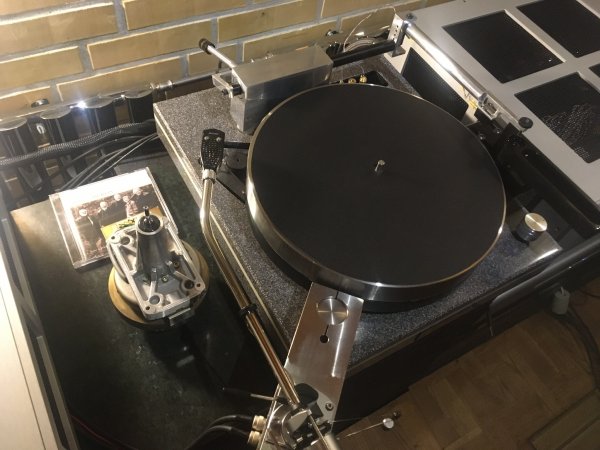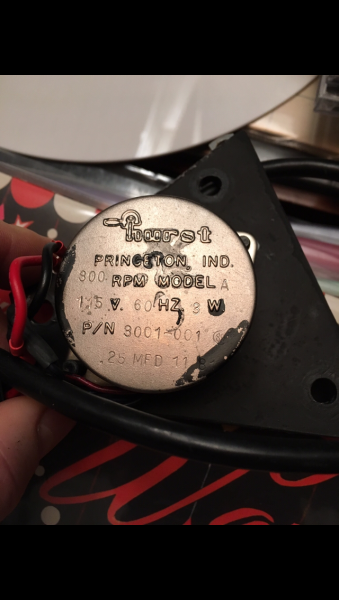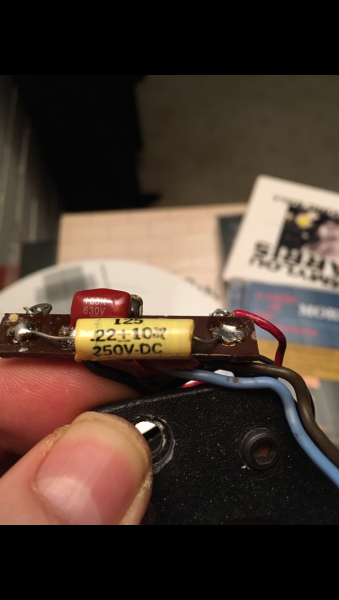Thank you for the clarification Bill. But why not simply use the motor in two phase, like the system you designed for DDK’s AS2000 ? David contacted me last night and unceremoniously said “ would you want to try the boards i have for the AS2000 ?” WTF !The Condor PSU will not drive your Studer motor. It is designed to work only with the BLWS-172 series BLDC motors which are rated at 12W. The PSU runs the motor at ~12W at start up, then reduces the power to ~9W for lower vibration. If you connect the output of the Condor to any other load, it will most likely destroy the output amps.
The other problem with doing this: The Condor starts the motor at 2Hz and ramps up to 20Hz for 33 RPM at the platter; the BLWS has 4 poles and RPM=60*freq/pole pairs =600 RPM. Neither of these frequencies will produce the desired result through a step up xfmr.
The Condor/Eclipse package should be more than capable of driving your platter. If you want to use the Studer motor, look at the SG4 DIY kit:
https://www.diyaudio.com/forums/analogue-source/298018-diy-4-phase-sinewave-generator-turntable-motor-drive.html
I believe DIY member ralphfcooke has done a 3 phase version to drive a Papst motor using step ups and conventional class D amps.
“ you have build your own box for it”
And just like that my little Diy project had taken on a whole new dimension.
Thank you again David !
And thanks to you Bill for creating it !







